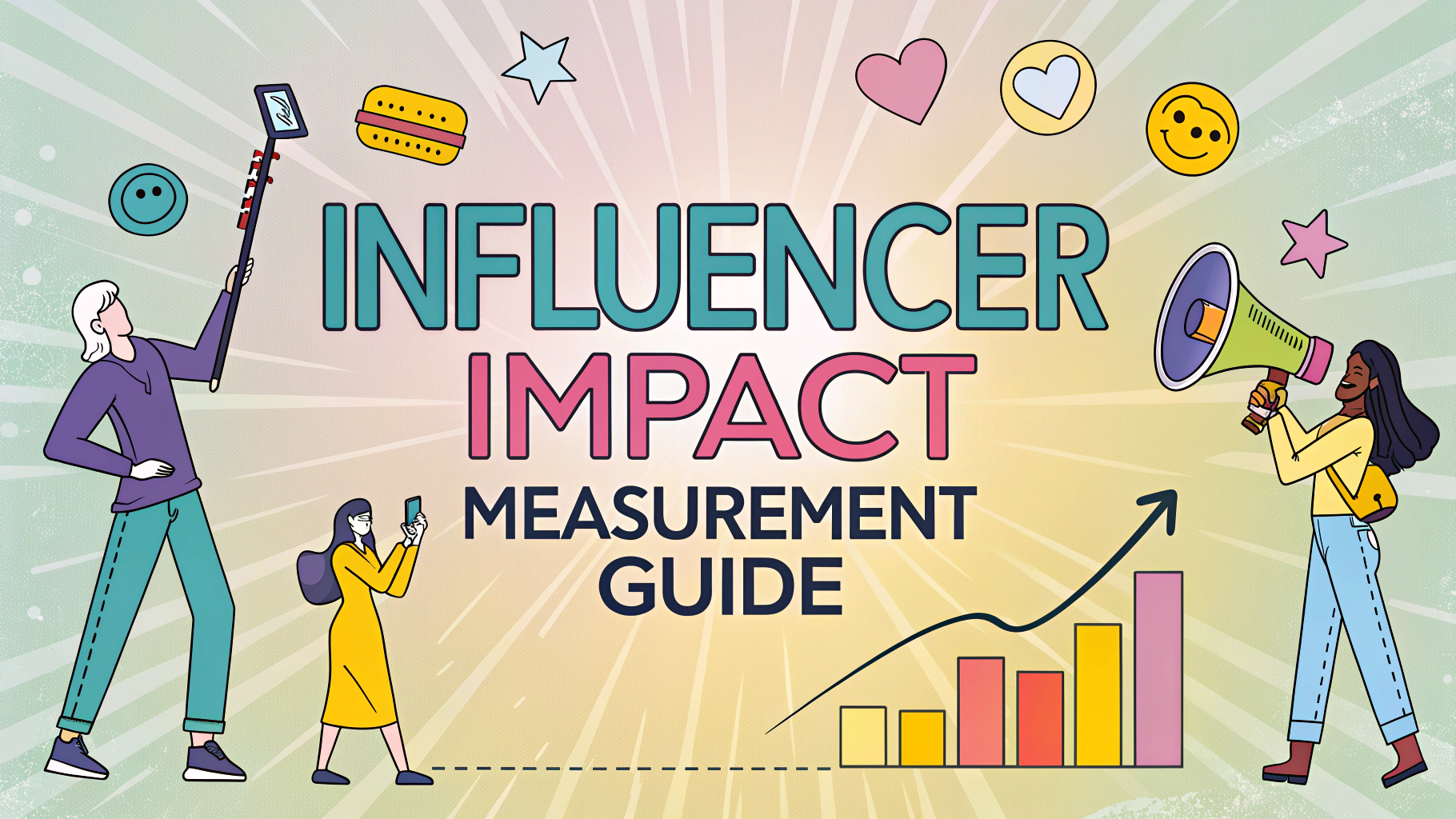Hotels need to spot market trends early to stay ahead of competitors and maximize revenue opportunities.
Market analysis helps properties identify emerging guest preferences, technological innovations, and shifting booking patterns before they become mainstream.
This guide outlines practical methods to recognize and capitalize on hospitality trends before your competition.
Essential Trend Spotting Tools
- Google Trends (https://trends.google.com) – Track search patterns
- STR Reports – Monitor competitive set performance
- Social Media Listening Tools (Hootsuite, Sprout Social)
- Industry Publications (Hotels Magazine, Hospitality Net)
- Local Tourism Board Reports
Monitoring Booking Patterns
Track your property’s booking window changes across different seasons and guest segments.
Analyze rate sensitivity patterns through A/B testing different price points.
Monitor direct vs OTA booking ratios to spot channel preference shifts.
Guest Behavior Analysis
- Review guest survey responses monthly
- Track amenity usage patterns
- Monitor F&B preferences and orders
- Analyze length-of-stay patterns
- Document special requests and frequency
Technology Adoption Indicators
Watch competitor adoption of new hotel technologies like mobile check-in or keyless entry.
| Technology | Adoption Timeline | Impact Level |
|---|---|---|
| Mobile Check-in | 6-12 months | High |
| Contactless Payments | 3-6 months | High |
| Smart Room Controls | 12-24 months | Medium |
Market Segment Shifts
Monitor changes in business vs leisure mix through regular booking analysis.
Track geographic source markets through PMS data to identify emerging feeder markets.
Review group booking patterns to spot changes in MICE segment preferences.
Competitive Intelligence
- Subscribe to competitor newsletters
- Monitor their social media updates
- Track their rate strategies
- Review their job postings
- Analyze their website changes
Taking Action on Trends
Create a monthly trend review meeting with department heads to discuss findings.
Develop a quick-response framework to test and implement new initiatives.
Set aside a flexible budget for trend-related improvements and tests.
Setting Up Your Trend Monitoring System
- Assign team members specific areas to monitor
- Create a central repository for trend-related data
- Set up automated alerts for key metrics
- Schedule regular review sessions
- Document successful and unsuccessful trend responses
Moving Forward with Market Intelligence
Success in trend spotting comes from consistent monitoring and quick, measured responses.
Build relationships with industry partners who can provide early insights into market changes.
Remember that not every trend requires action – focus on those aligned with your property’s positioning and guest needs.
Training Staff on Trend Awareness
Develop a training program to help staff identify and report potential trends in their areas.
Create feedback channels for frontline employees to share guest insights and preferences.
- Regular trend spotting workshops
- Department-specific monitoring checklists
- Recognition program for valuable trend insights
- Cross-department collaboration sessions
Financial Impact Analysis
Cost Assessment
- Implementation expenses
- Training requirements
- Technology infrastructure needs
- Marketing adjustments
Revenue Potential
- Direct revenue opportunities
- Market share improvements
- Guest satisfaction impact
- Competitive advantage gains
Risk Management in Trend Adoption
Develop a framework for evaluating trend-related risks and opportunities.
| Risk Factor | Assessment Method | Mitigation Strategy |
|---|---|---|
| Financial | ROI Analysis | Phased Implementation |
| Operational | Process Review | Staff Training |
| Market Fit | Guest Surveys | Pilot Testing |
Staying Ahead in a Dynamic Market
Successful trend monitoring requires a balance of proactive observation and strategic implementation.
Focus on creating sustainable systems that can evolve with changing market conditions.
Remember that the goal is not just to spot trends, but to transform them into tangible value for your property and guests.
- Maintain flexibility in your approach
- Build strong industry relationships
- Keep guest experience at the center of decisions
- Document and learn from each trend response
FAQs
- What are the most effective ways to identify emerging hotel market trends?
Monitor social media conversations, analyze booking patterns, study competitor strategies, review industry reports, and utilize data analytics tools to track guest behavior and preferences. - How can hotels leverage big data to spot market opportunities?
By analyzing guest demographics, booking patterns, revenue data, social media sentiment, and competitive pricing to identify untapped market segments and optimize pricing strategies. - What role does social listening play in identifying hotel market trends?
Social listening helps track customer sentiment, identify emerging travel preferences, monitor competitor mentions, and spot trending destinations or amenities that guests are discussing online. - How often should hotels conduct market trend analysis?
Hotels should conduct comprehensive market analysis quarterly, with monthly reviews of key performance indicators and daily monitoring of rate changes and booking patterns. - What are the key metrics to track when analyzing hotel market trends?
RevPAR (Revenue Per Available Room), ADR (Average Daily Rate), occupancy rates, market segment performance, booking lead times, and guest satisfaction scores. - How can hotels stay ahead of seasonal market trends?
By analyzing historical data, tracking advance bookings, monitoring local events and festivals, and studying weather patterns to anticipate demand fluctuations. - What technology tools are essential for tracking hotel market trends?
Revenue management systems, competitive intelligence platforms, market data analytics tools, social media monitoring software, and customer relationship management (CRM) systems. - How do economic indicators impact hotel market trends?
GDP growth, employment rates, consumer confidence indexes, and currency exchange rates directly influence travel patterns, spending behavior, and hotel demand. - What role do OTAs play in identifying market opportunities?
OTAs provide valuable data on booking patterns, price sensitivity, competitor rates, and emerging market segments through their extensive booking databases and market intelligence tools. - How can hotels identify untapped market segments?
Through demographic analysis, guest surveys, market research reports, studying local business development, and monitoring changes in travel behavior patterns.







